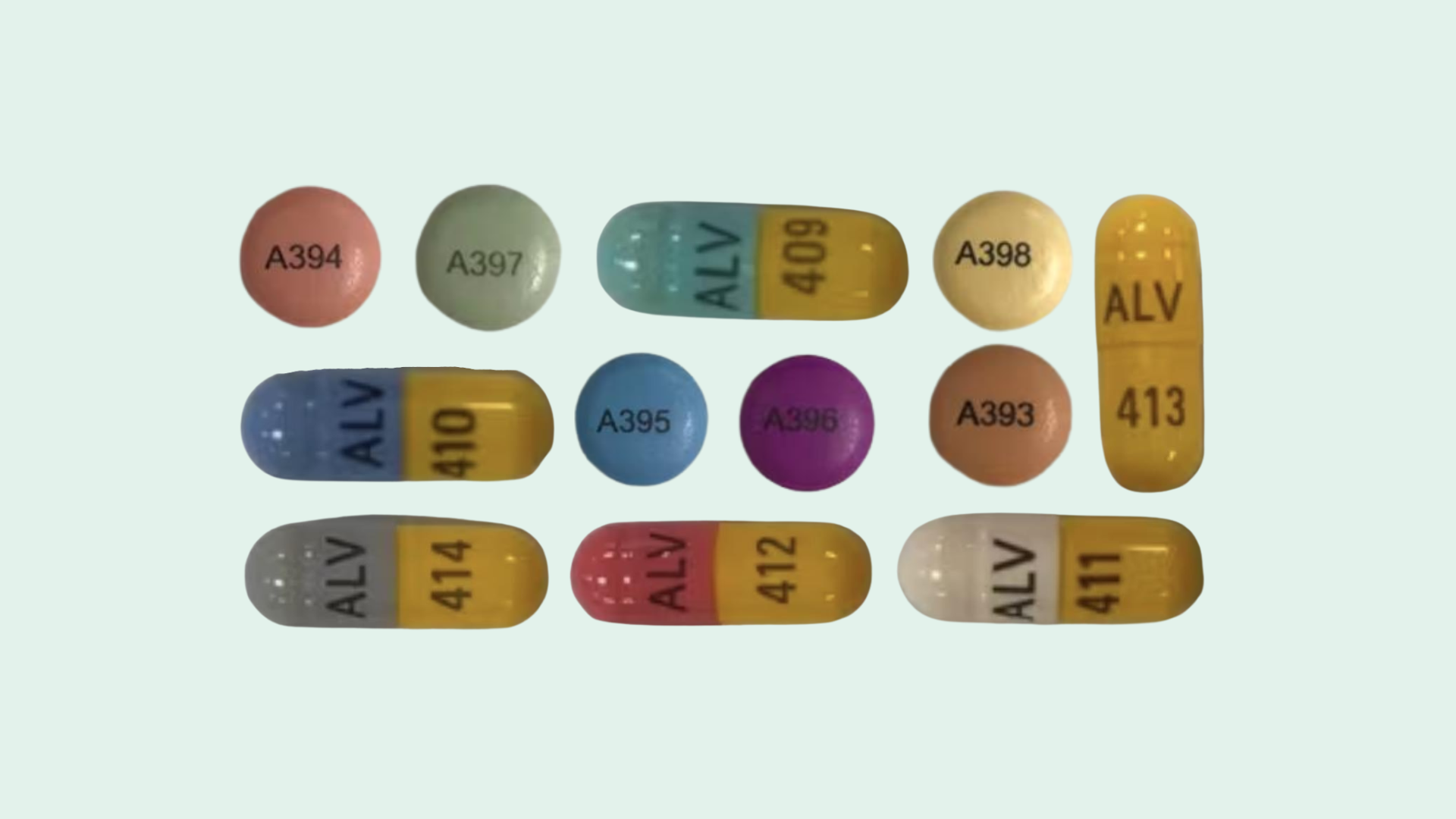What Are Hydrocodone Withdrawal and Side Effects Like?
Hydrocodone, a semi-synthetic opioid derived from the poppy plant, is frequently prescribed to manage moderate to severe pain. However, prolonged use of this medication can lead to the development of physical dependence, wherein the body becomes accustomed to the presence of the drug and experiences distressing withdrawal symptoms when it is abruptly discontinued or the dosage is significantly reduced. The withdrawal process for hydrocodone can be highly unpleasant, with a range of physical and psychological symptoms that can vary in intensity depending on factors such as the duration and severity of use, the dosage taken, and the individual’s overall health. Common hydrocodone withdrawal symptoms include:- Muscle aches and pains
- Nausea and vomiting
- Diarrhea
- Sweating
- Anxiety
- Insomnia
- Depression
- Cravings for the drug
- Shaking and tremors
- Rapid heartbeat
What Is the Hydrocodone Withdrawal Timeline?
The timeline for hydrocodone withdrawal can vary from person to person, but generally follows a predictable pattern. Typically, withdrawal symptoms begin to manifest within 6 to 12 hours after the last dose of the medication. The most acute phase of withdrawal usually peaks within the first 72 hours, with symptoms gradually subsiding over the following days and weeks. Here’s a more detailed breakdown of the hydrocodone withdrawal timeline:- First 6 to 12 hours: Withdrawal symptoms may start to emerge, though they may be relatively mild at this stage.
- First 72 hours: This is the most challenging period, with withdrawal symptoms reaching their peak intensity. Cravings for the drug can be intense, and the risk of relapse is highest during this time.
- Days 3 to 5: Physical withdrawal symptoms begin to taper off as the drug is eliminated from the body. However, individuals may still experience lingering psychological effects, such as anxiety, depression, and drug cravings.
- After the first week: As the acute withdrawal phase passes, individuals can begin to focus on the therapeutic aspects of their recovery, such as counseling, support group participation, and the development of healthy coping strategies. It’s important to note that post-acute withdrawal symptoms, characterized by ongoing emotional and cognitive disturbances, can persist for weeks or even months after the initial detox period.
What Is Hydrocodone Detox Like?
Hydrocodone detoxification, or “detox,” is the process of safely and comfortably removing the drug from the body under medical supervision. This is typically the first step in a comprehensive addiction treatment plan, as it helps to stabilize the individual both physically and mentally, setting the stage for subsequent therapeutic interventions. During the detox process, healthcare professionals may employ a range of evidence-based strategies to alleviate withdrawal symptoms and ensure the individual’s safety and comfort. These may include:Medication-Assisted Treatment (MAT)
Medications such as buprenorphine, methadone, or naltrexone may be administered to help manage cravings, reduce the severity of withdrawal symptoms, and prevent relapse.

